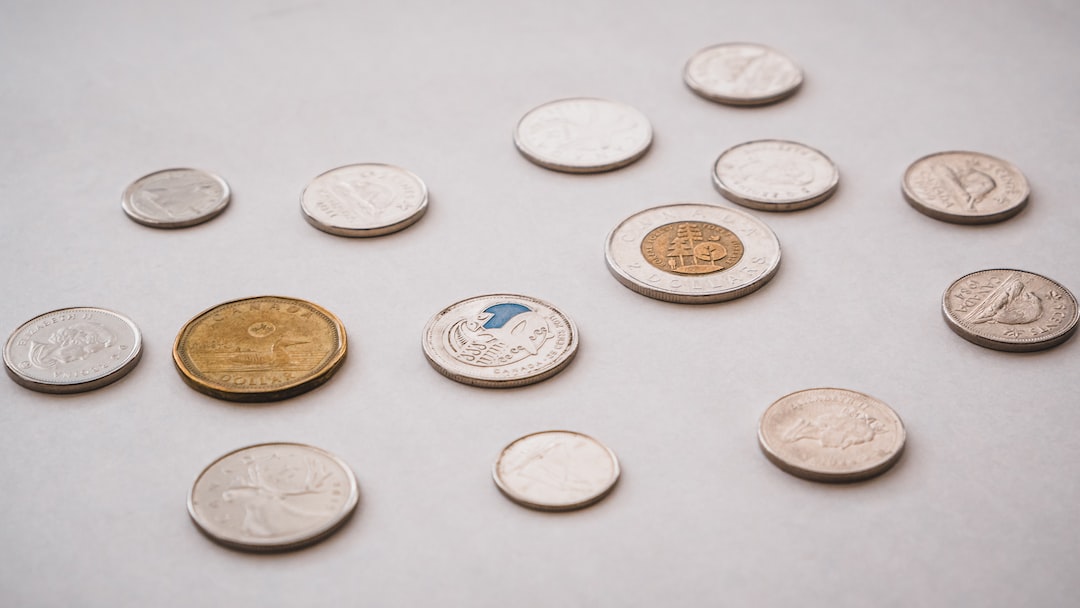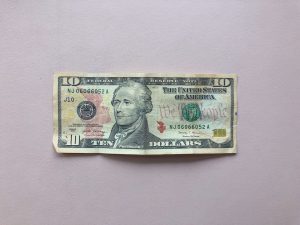Forex or the foreign exchange market is the largest and most liquid market in the world with a daily trading volume of over $5 trillion. It facilitates the exchange of currencies between countries and is important for global commerce and international trade. Forex trading is also popular among investors and traders because of its potential for profit. But where does this profit come from and how is it generated?
In forex trading, profit comes from the difference between the buying and selling price of a currency pair. When a trader buys a currency pair, they are essentially buying the base currency and selling the quote currency. The price at which they buy the currency pair is called the bid price. When they sell the currency pair, they are selling the base currency and buying the quote currency at the ask price, which is the price at which the market is willing to sell the currency pair. The difference between the bid and ask price is called the spread.
The spread is where forex brokers make their profit. Forex brokers are the intermediaries between traders and the forex market. They provide the trading platform, access to the market, and other services such as customer support and education. In exchange for these services, they charge a commission or a spread on each trade. The spread can vary depending on the broker, the currency pair, and the market conditions.
For example, if a trader buys a currency pair at a bid price of 1.2000 and sells it at an ask price of 1.2010, the spread is 10 pips. If they trade a standard lot size of 100,000 units, the spread cost would be $10. This means that the trader needs to make a profit of at least $10 to break even on the trade.
To make a profit, traders use different strategies such as technical analysis, fundamental analysis, or a combination of both. Technical analysis involves studying price charts, indicators, and patterns to identify trends and potential price movements. Fundamental analysis, on the other hand, involves analyzing economic and political factors that affect the currency market such as interest rates, inflation, and geopolitical events.
Traders also use different trading styles such as scalping, day trading, swing trading, or position trading. Scalping involves making multiple trades in a short period of time to take advantage of small price movements. Day trading involves opening and closing positions within the same trading day. Swing trading involves holding positions for several days to capture larger price movements. Position trading involves holding positions for weeks or months to take advantage of long-term trends.
In addition to the spread, traders may also earn profit from interest rate differentials or carry trades. Interest rate differentials refer to the difference in interest rates between two currencies. If a trader buys a currency with a higher interest rate and sells a currency with a lower interest rate, they can earn interest on the difference. This is known as a carry trade. However, carry trades involve higher risks as they are subject to changes in interest rates and exchange rates.
In conclusion, profit in forex trading comes from the difference between the bid and ask price of a currency pair. Forex brokers make their profit from the spread, which is the difference between the buying and selling price. Traders use different strategies and trading styles to make a profit, but they need to overcome the spread cost to break even. In addition, they may also earn profit from interest rate differentials or carry trades, but these involve higher risks. Successful forex trading requires knowledge, skills, discipline, and a good understanding of the market and its dynamics.






